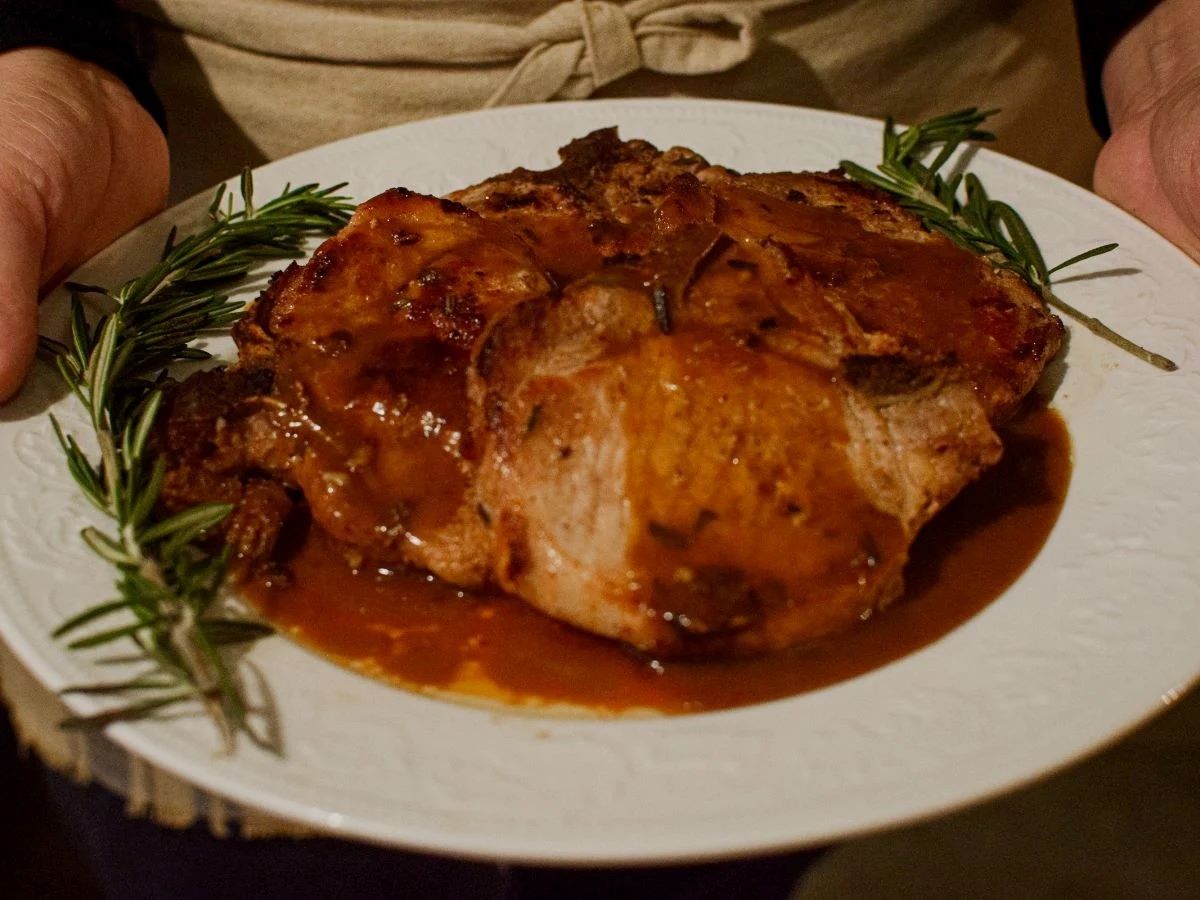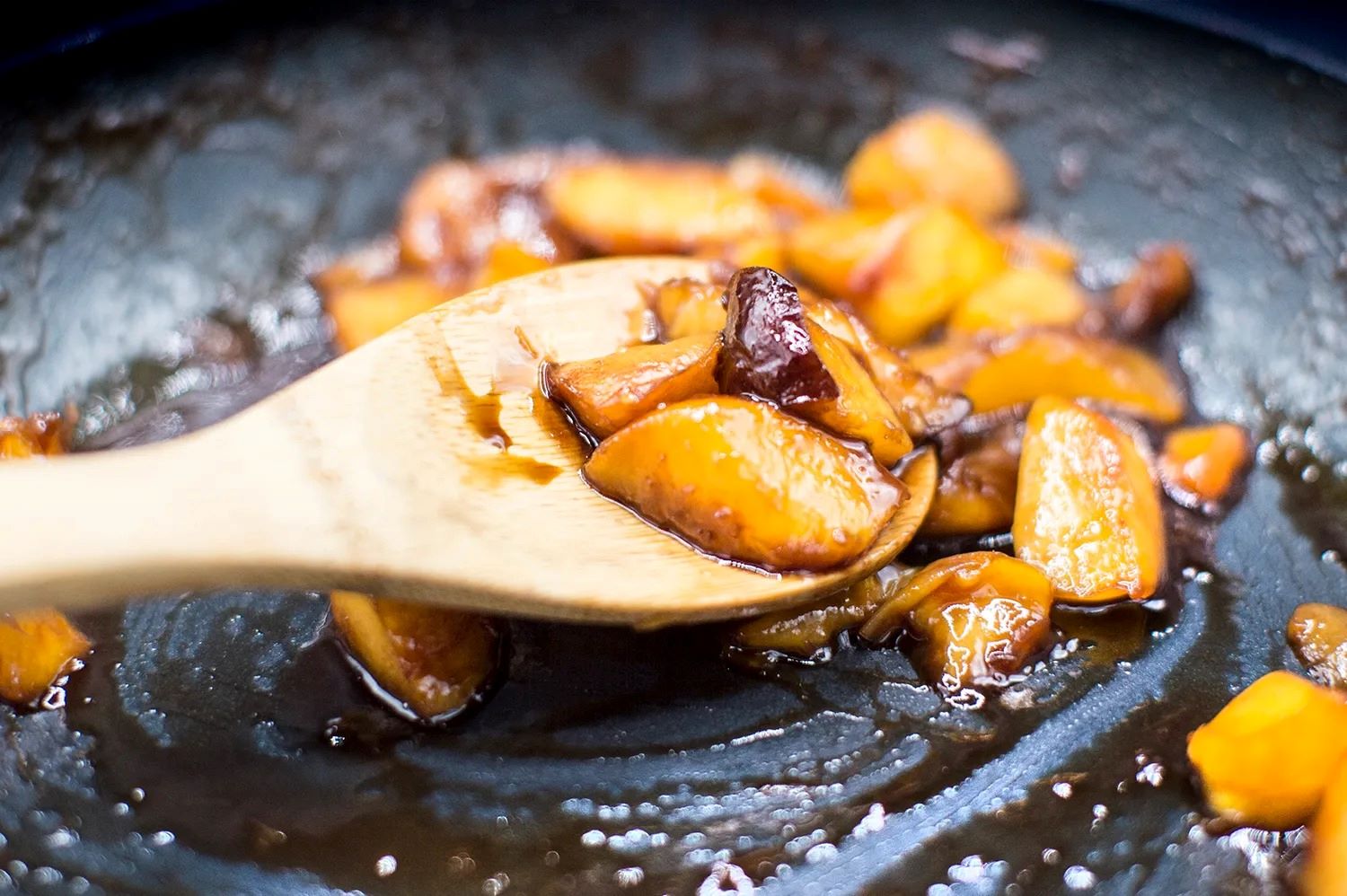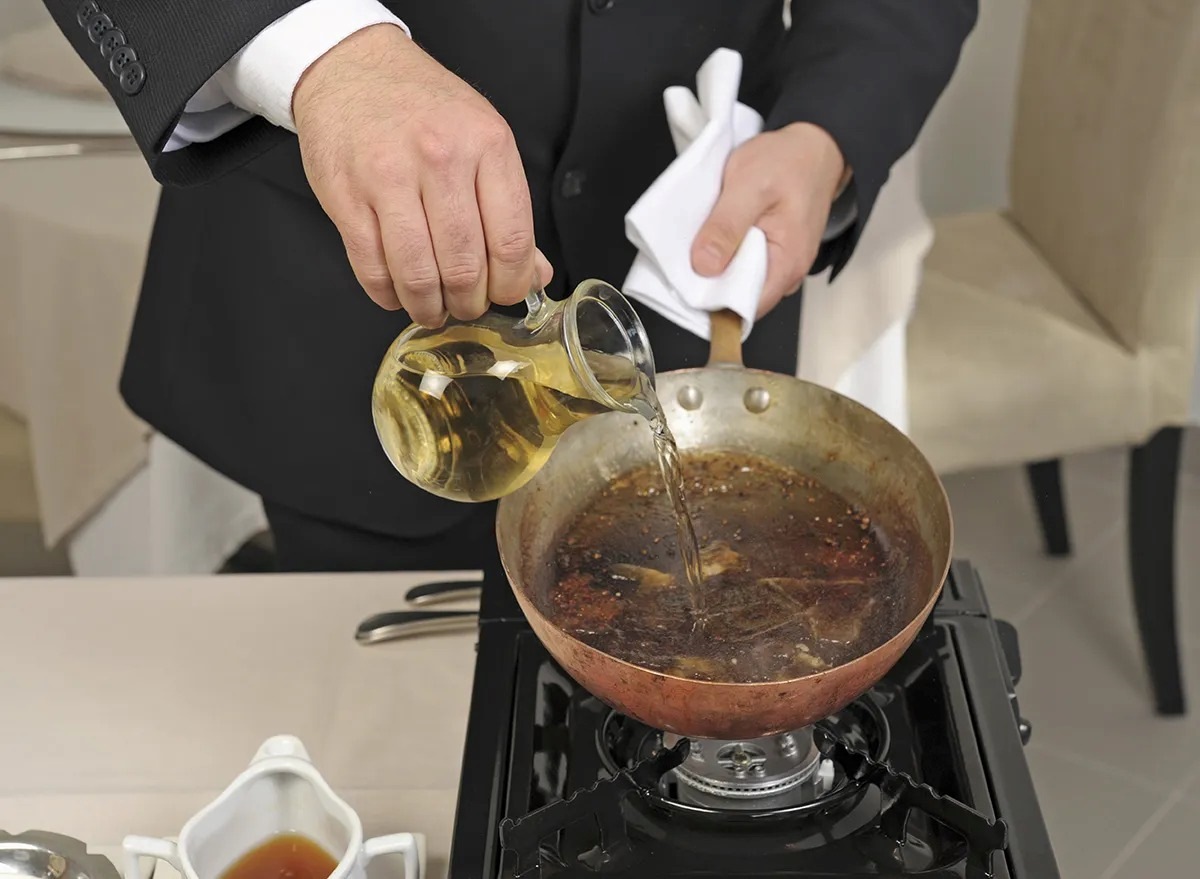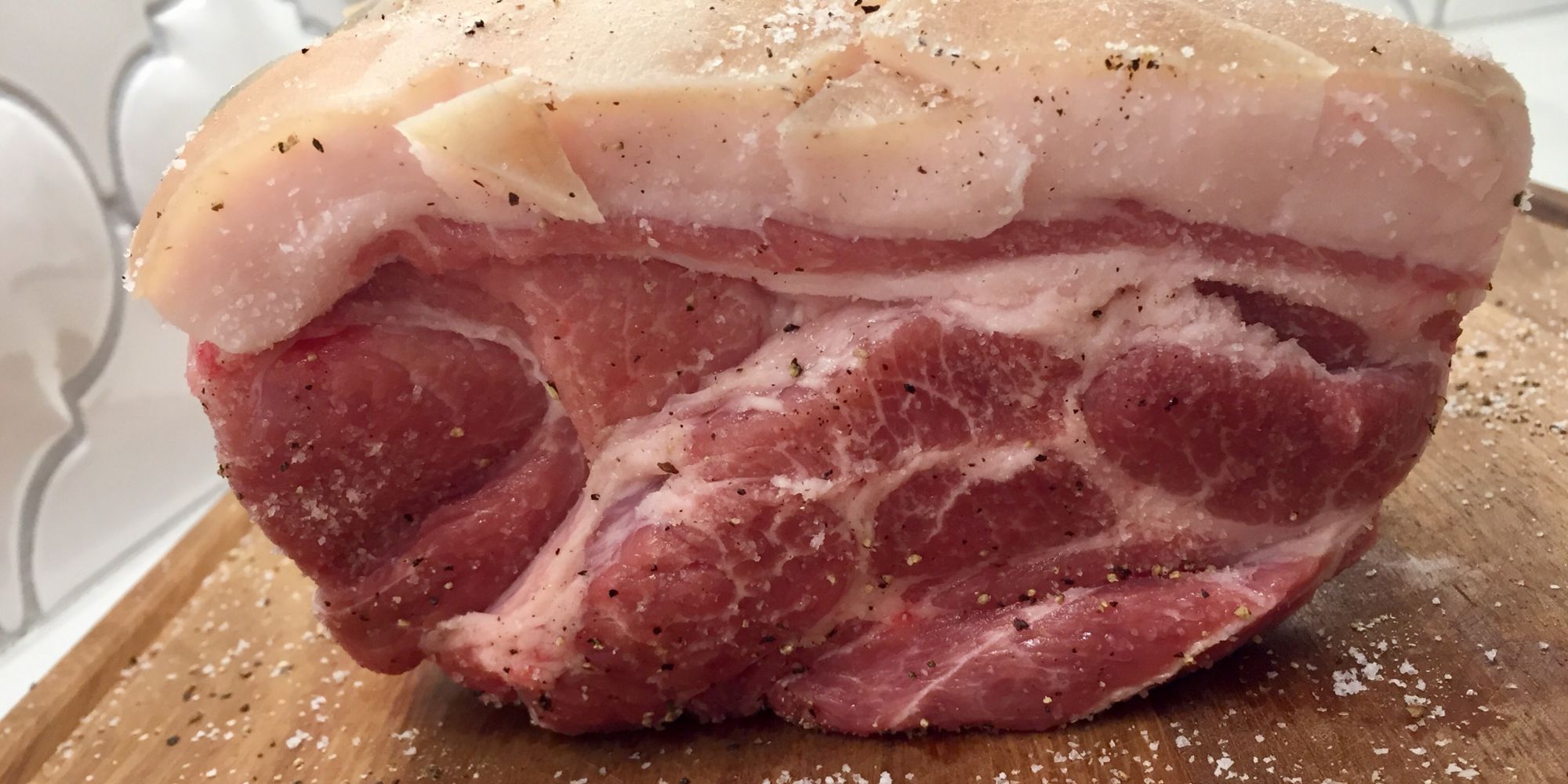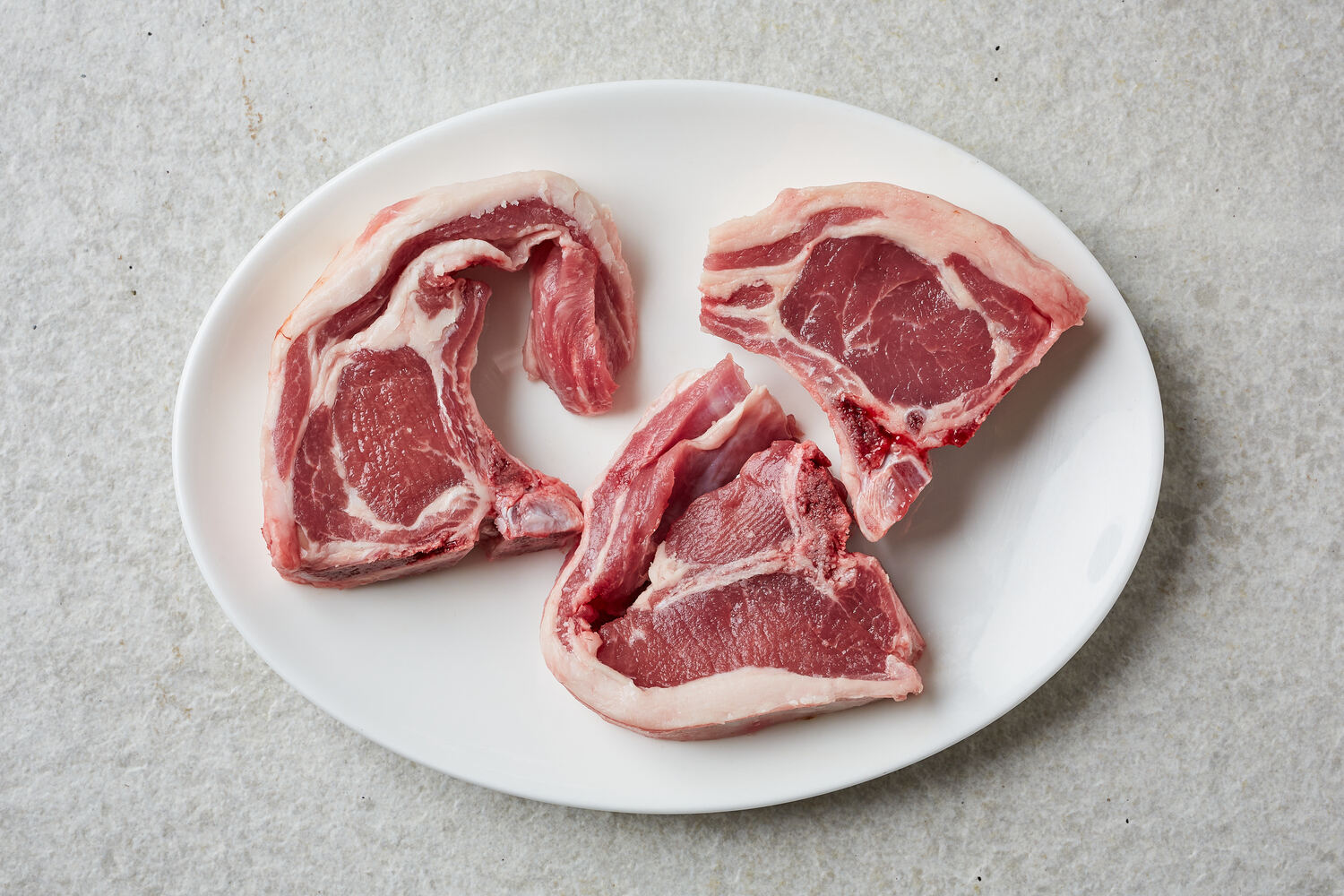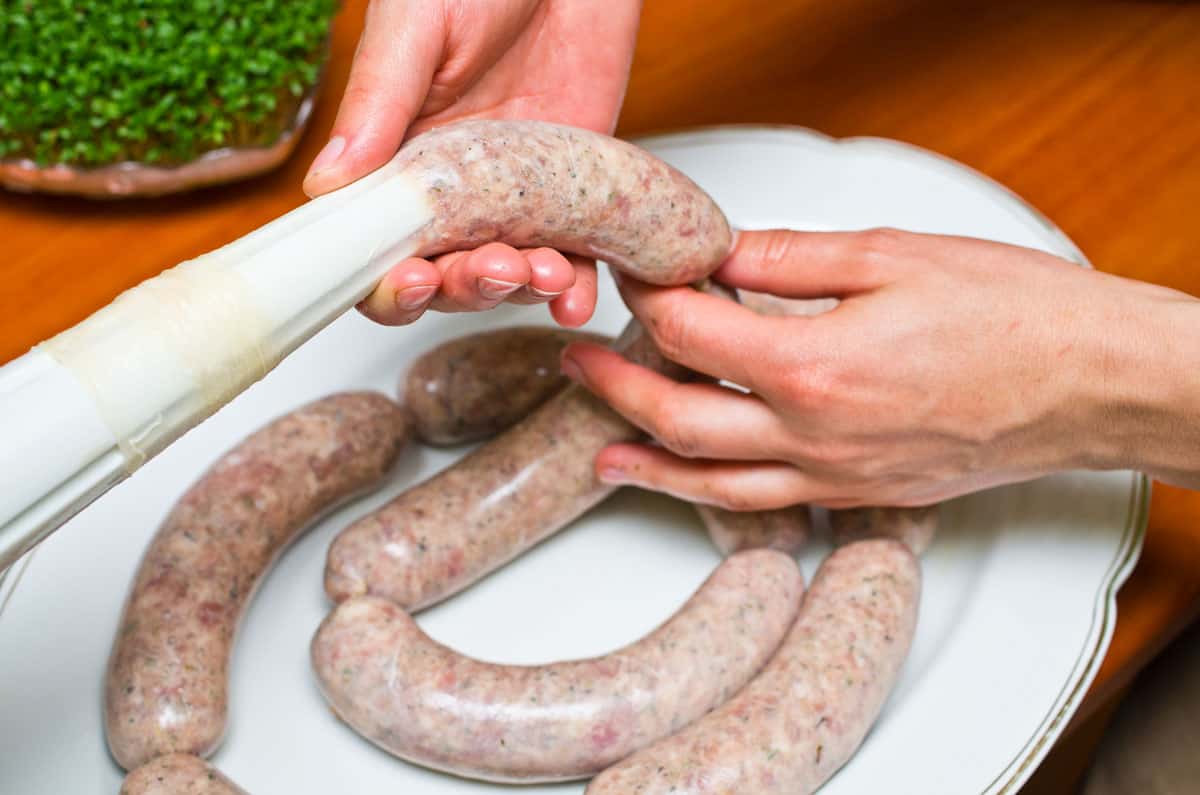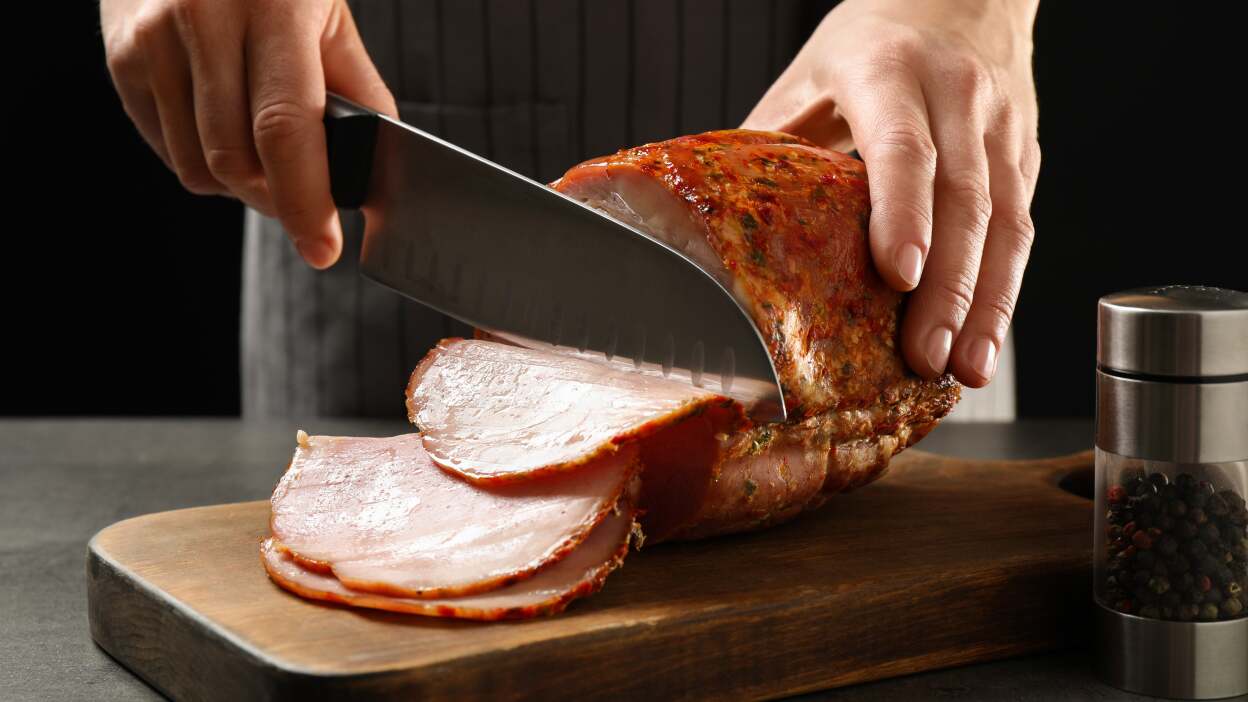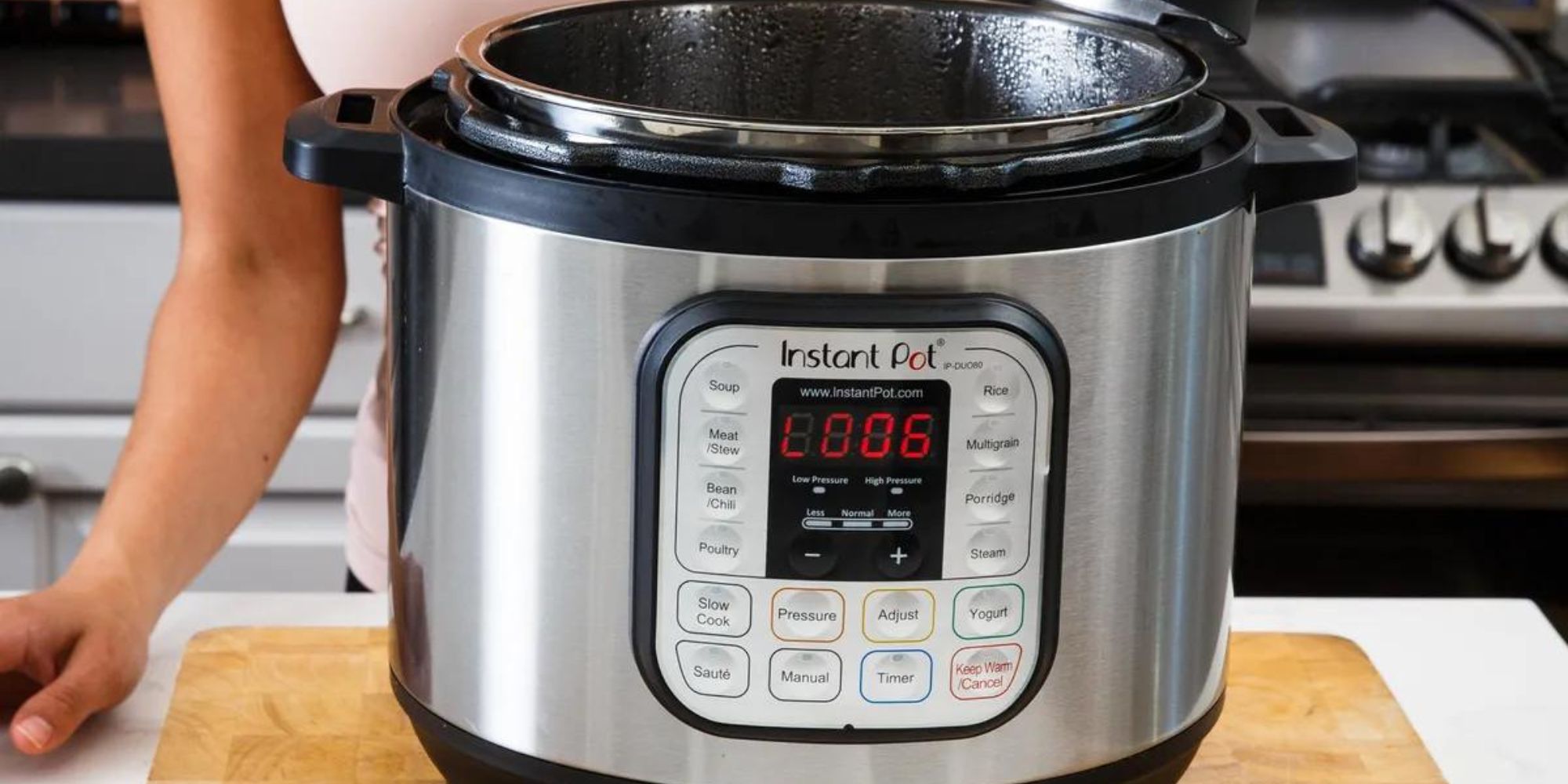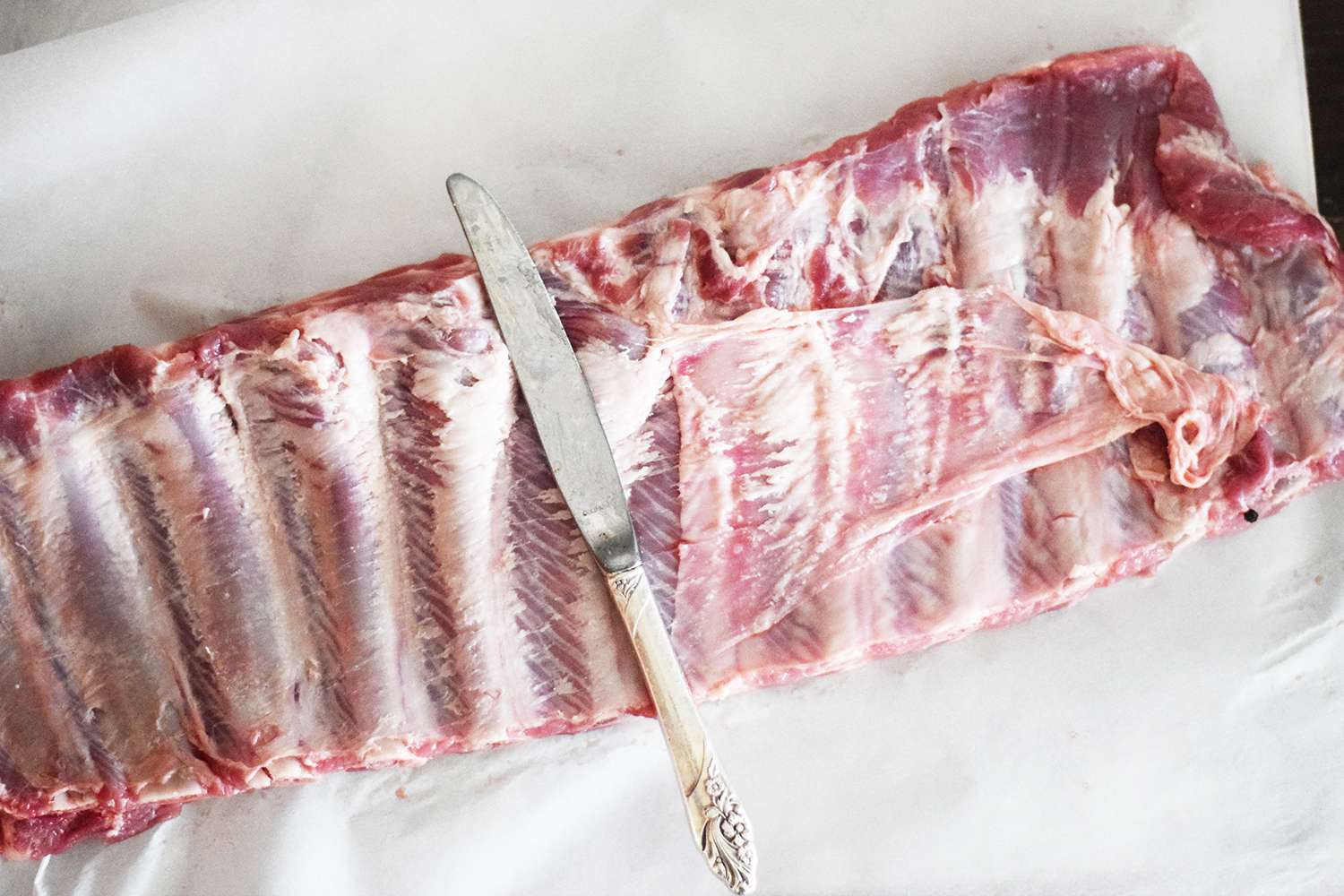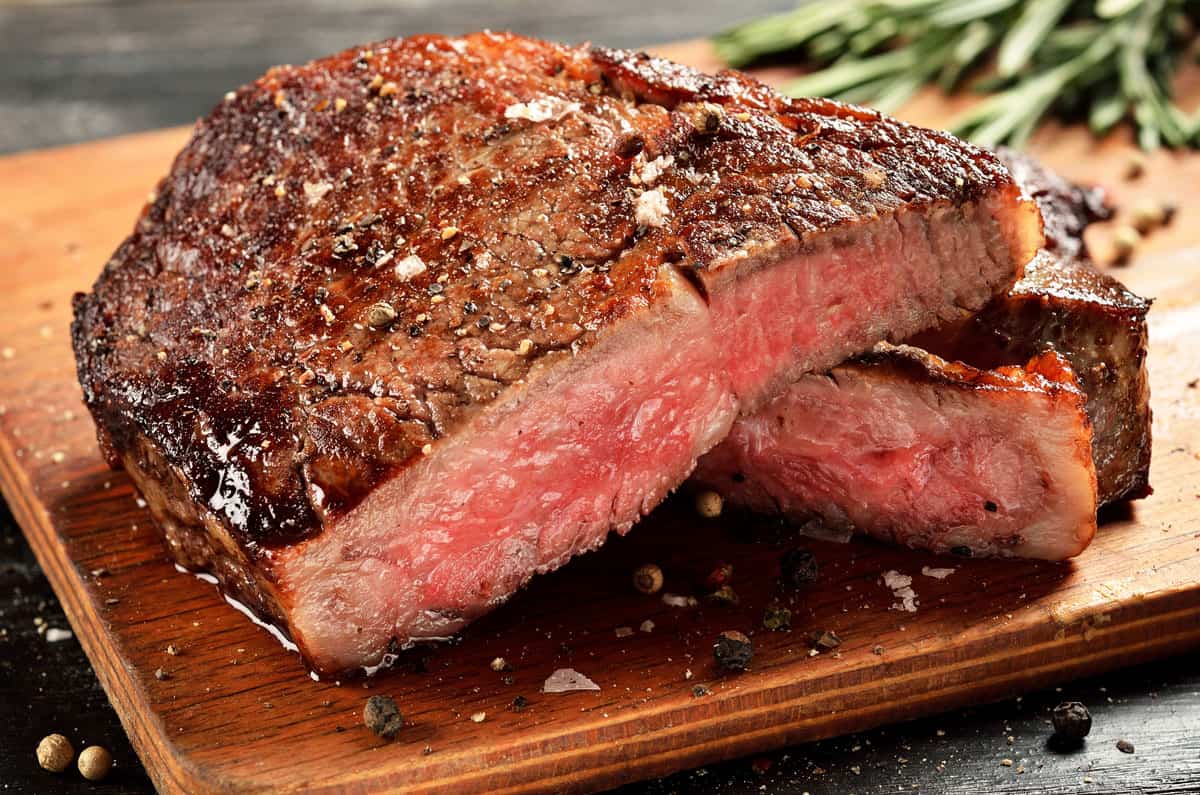Unlocking the Secret to Deglazing a Stainless Steel Pan
So, you’ve just finished searing a delicious piece of meat or sautéing some vegetables in your trusty stainless steel pan. As you look at the browned bits stuck to the bottom of the pan, you may be wondering what to do next. Well, the answer is simple: deglaze the pan!
Deglazing is a cooking technique that involves adding liquid to a hot pan to loosen and dissolve the flavorful browned bits that are stuck to the bottom. This process not only cleans the pan but also creates a delicious base for sauces or gravies. If you’re ready to elevate your cooking game, here’s how to deglaze a stainless steel pan like a pro:
Step 1: Gather Your Ingredients
Before you start deglazing, make sure you have all the necessary ingredients on hand. You’ll need:
- Stainless steel pan
- Meat or vegetables for cooking
- Liquid for deglazing (such as broth, wine, or vinegar)
- Wooden spoon or spatula
Step 2: Cook Your Ingredients
Once you’ve finished cooking your meat or vegetables, remove them from the pan and set them aside. You should be left with a hot pan containing browned bits stuck to the bottom.
Step 3: Add the Liquid
With the pan still hot, carefully pour your chosen liquid into the pan. The liquid will sizzle upon contact with the hot surface, which is exactly what you want. Use a wooden spoon or spatula to scrape the bottom of the pan, loosening the browned bits as you stir.
Step 4: Create a Sauce (Optional)
Once the browned bits have been loosened and incorporated into the liquid, you can let the mixture simmer and reduce to create a flavorful sauce. This sauce can be poured over your cooked meat or vegetables to add an extra layer of deliciousness to your dish.
Step 5: Enjoy Your Culinary Creation
With the deglazing process complete, you’re now ready to savor the fruits of your labor. Whether you’re enjoying a perfectly seared steak or a medley of sautéed vegetables, the rich flavors resulting from deglazing will take your dish to the next level.
So, the next time you find yourself facing a stainless steel pan adorned with browned bits, don’t fret. Embrace the opportunity to deglaze the pan and unlock a world of flavor that will impress your taste buds and elevate your cooking prowess.
Happy cooking!
For those looking to practice their deglazing skills, there are several recipes worth trying. The Garlic Butter Shrimp Scampi is a great start as the combination of garlic and butter creates a delicious fond that can be easily deglazed with some white wine. Moving on, Chicken Marsala is another excellent choice, where the marsala wine adds depth to the dish. If you're in the mood for something heartier, the Braised Lamb Shanks with Red Wine Reduction not only involves deglazing but also teaches you how to build a complex sauce. Finally, Classic Pan-Seared Steak with Red Wine Reduction offers a straightforward way to get those rich, caramelized flavors from the pan into your sauce, making it a must-try for steak lovers.
Was this page helpful?
Read Next: How To Deglaze A Pan With Balsamic Vinegar
